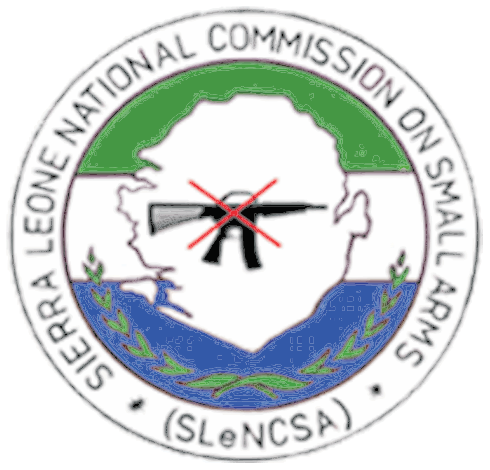International Instruments Signed/Ratified/Accessioned
The ECOWAS Convention on Small Arms and Light Weapons, Ammunition and their Other Related Materials (ECOWAS Convention on SALW)
The ECOWAS Convention on Small Arms and Light Weapons, Ammunition and their Other Related Materials (ECOWAS Convention on SALW) succeeded the ECOWAS Moratorium, which represents a political engagement adopted in 1998. Because of the importance of the issue and the lack of efficiency of the Moratorium due to its voluntary nature, ECOWAS decided in 2003 in Dakar to transform it into a legally binding Convention and to strengthen the capacity of the ECOWAS’ Commission in the fight against illicit SALW. This process received contributions from several actors, including external partners and civil society in West Africa. The Convention is a legally binding instrument adopted in 14th June, 2006 in Abuja (Nigeria) which entered into force on 29th September, 2009, after ten member states had ratified the Convention. It draws its strength from Article 58 of the revised ECOWAS’ Treaty relating to regional security. The text is structured around a Preamble and 7 chapters divided into 32 articles. The Convention on SALW is harmonizing the understanding of certain key terms using definitions approved/validated at international level, e.g. small arms and light weapons, illegal, marking, tracing, brokering, transfer, non-state actors, etc. This common understanding will facilitate the following objectives: - prevent and combat the excessive accumulation of SALW; - sustaining the fight for control of SALW in the ECOWAS region; - Consolidate the gains of the Moratorium on SALW. Sierra Leone is a founding member. (Source: https://www.unrec.org/docs/harm/ECOWAS/In%20brief_ECOWAS%20Convention.pdf )
The Arms Trade Treaty (ATT) establishes common standards for the international trade of conventional weapons and seeks to reduce the illicit arms trade. The treaty aims to reduce human suffering caused by illegal and irresponsible arms transfers, improve regional security and stability, as well as to promote accountability and transparency by state parties concerning transfers of conventional arms. The ATT does not place restrictions on the types or quantities of arms that may be bought, sold, or possessed by states. It also does not impact a state’s domestic gun control laws or other firearm ownership policies.
After nearly two decades of advocacy and diplomacy, a UN conference was convened to negotiate the ATT in July 2012, but fell short of reaching consensus on a final text. Another two week-long conference was convened in March 2013 to complete work on the treaty. However, Iran, North Korea, and Syria blocked consensus on the final treaty text, leading treaty supporters to move it to the UN General Assembly on for approval. On April 2, 2013, the UN General Assembly endorsed the ATT by a vote of 156-3, with 23 abstentions. The treaty opened for signature on June 3, 2013, and entered into force on Dec. 23, 2014.
The United Nations Programme of Action to prevent, combat and eradicate the illicit trade in small arms and light weapons The 2001 Programme of Action to prevent, combat and eradicate the illicit trade in small arms and light weapons in all its aspects (PoA) was adopted by consensus on 20 July 2001. The PoA makes reference to the 2001 Firearms Protocol to the UN Convention on Transnational Organised Crime. Its implementation has led to the negotiation of other agreements both at the regional and global level, such as the 2005 International Tracing Instrument. The Programme of Action is a policy framework containing political commitments by states to prevent, combat and eradicate the illicit trade in small arms and light weapons in all its aspects. It is a detailed instrument, covering production/manufacturing, stockpiling and possession, international transfers, illicit transfers and law enforcement, collection and destruction. It calls for action at national, regional and global levels, and sets an agenda for the UN process on small arms control. (Source: http://www.weaponslaw.org/instruments/2001-un-programme-of-action-on-small-arms)
The International Tracing Instrument The International Tracing Instrument is a politically binding instrument outlining requirements on marking, record-keeping, and international cooperation and assistance that will enable tracing illicit small arms and light weapons. The International Instrument to Enable States to Identify and Trace, in a Timely and Reliable Manner, Illicit Small Arms and Light Weapons was adopted on 8 December 2005. The instrument was developed within the policy framework established by the 2001 Programme of Action on Small Arms, and makes reference to the 2001 Firearms Protocol, of which it echoes many provisions. (Source: http://www.weaponslaw.org/instruments/2005-international-tracing-instrument) |
Sierra Leone National Commission on Small Arms |
© 2014. Sierra Leone National Commission on Small Arms. All Rights Reserved.
